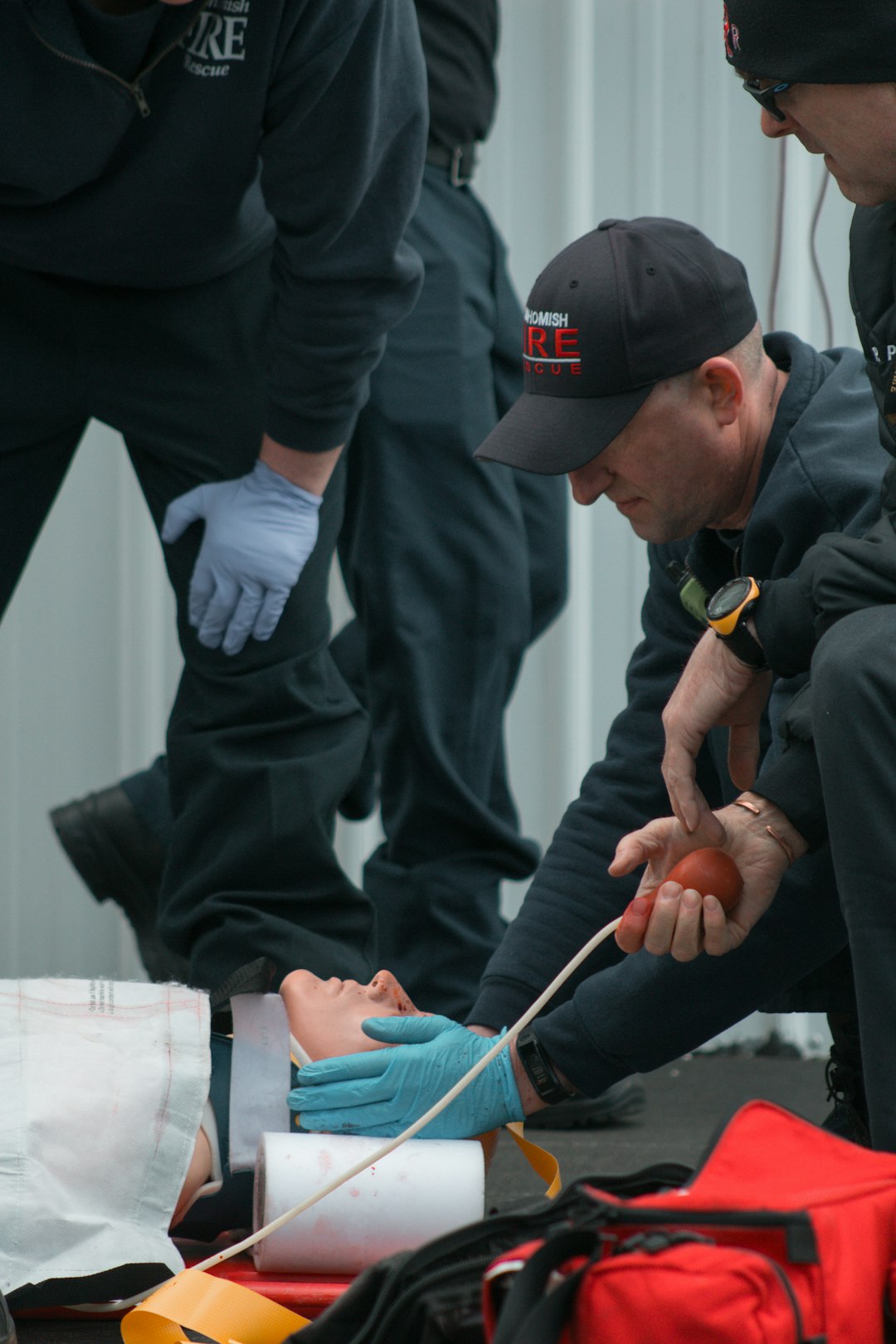Firefighting is a demanding profession that requires a unique blend of physical strength, mental agility, and technical knowledge. Firefighters are often the first to respond during emergencies, and their effectiveness hinges on mastering essential skills and protocols. Understanding the core competencies that define this profession helps highlight the level of training and commitment required to keep communities safe.
At the heart of a firefighter’s role is the ability to assess and respond to a wide variety of dangerous situations. Whether it’s a structure fire, a hazardous material spill, or a vehicle accident, quick and accurate decision-making is critical. Firefighters are trained to evaluate risks, prioritize tasks, and act decisively under pressure. This ability often stems from intensive scenario-based training designed to simulate real-life emergencies.
Equally important is physical fitness. Firefighters carry heavy equipment, climb stairs, and work in extreme heat and smoke-filled environments. Maintaining optimal physical condition is not just a job requirement but a matter of personal and team safety. Routine fitness assessments and strength training are integral parts of a firefighter’s career preparation and ongoing development.
Technical skills also play a significant role. Firefighters must be proficient in using various tools and equipment, from hoses and ladders to thermal imaging cameras and hydraulic rescue tools. These tools enable them to perform rescues, suppress fires, and secure accident scenes effectively. Mastery of these tools is often taught in fire academies and reinforced through continuous hands-on training. Those interested in exploring the fundamentals of firefighter skills can find resources that delve into essential techniques and safety procedures.
Communication is another cornerstone of effective firefighting. Team members must communicate clearly and efficiently both within their units and with other emergency responders. This ensures coordination during fast-paced incidents where seconds can mean the difference between life and death. Radio protocol, hand signals, and situational updates are all part of a firefighter’s communication toolkit.
In addition to emergency response, firefighters also engage in fire prevention and community education. Conducting inspections, offering safety demonstrations, and advising on fire codes are all part of building safer neighborhoods. These outreach efforts not only prevent disasters but also foster trust between fire departments and the people they serve.
Training doesn’t end after initial certification. Firefighters are required to participate in ongoing education to stay updated on new techniques, evolving safety standards, and emerging technologies. Many departments partner with organizations like this training-focused nonprofit to offer advanced courses and certifications.
The fundamentals of firefighter skills are rooted in a deep commitment to service, safety, and continuous improvement. From physical preparedness to technical expertise and community engagement, each element plays a vital role in shaping a capable and reliable emergency responder. Understanding these fundamentals not only honors the profession but also encourages greater public awareness and support.









